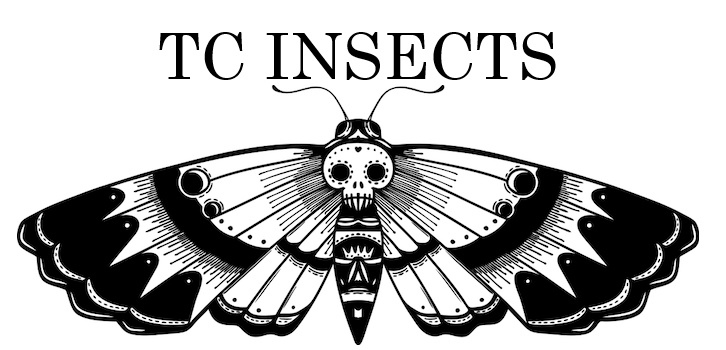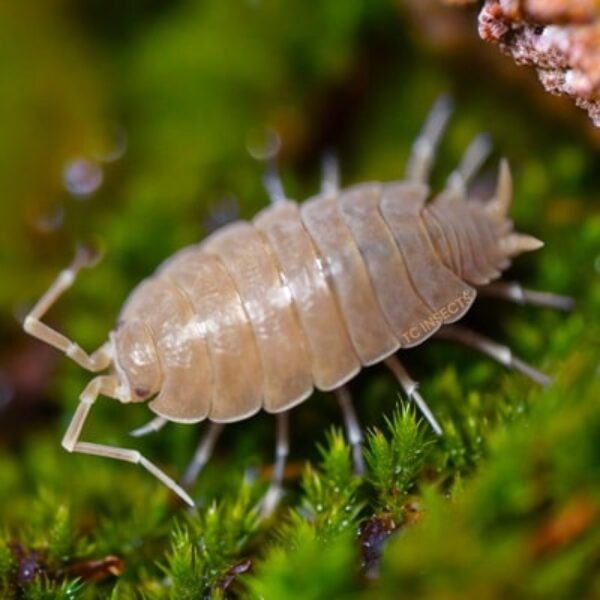Rubber Ducky Isopod Care Sheet
1. Introduction
Cubaris sp. “Rubber Ducky”, commonly known as the Rubber Ducky Isopod, is a unique and sought-after species in the isopod hobby. These charming little creatures are known for their duck-like faces and color resemblance. Let’s explore their care requirements.
2. Basic Information
- Scientific Name: Cubaris sp. “Rubber Ducky”
- Size: Up to 2.5 cm
3. Habitat and Environment
- Container: Provide a 10-gallon plastic or glass enclosure with a secure lid for 10-25 isopods.
- Substrate: Use leaf litter as their primary food source.
- Hiding Spots: Include logs, rocks, and additional leaf litter for hiding.
4. Humidity and Moisture
- Moisten Substrate: Rubber Ducky Isopods require higher humidity than your average isopod species. Slightly dampen the substrate before adding them to their new home.
- Regular Spraying: If in an enclosed environment, spray the substrate with water weekly. In an open, dry climate, mist it once a day.
5. Diet
- Leaf Material: Provide dry leaf material as part of their diet.
- Protein Sources: Offer a variety of protein sources, such as shrimp pellets, shrimp meal, and nutritional yeast.
6. Calcium Sources
- Cuttlebone: Use cuttlebone as a calcium source.
- Limestone: Rubber Duckies thrive with limestone as their primary calcium source.
7. Conclusion
Rubber Ducky Isopods are delightful additions to vivariums, terrariums, and microhabitats. Their unique appearance and low-maintenance nature make them ideal pets and fascinating display animals.
- Rubber Ducky Isopod care
- Cubaris sp. “Rubber Ducky” for sale
- Bioactive setups
- Isopod species











Reviews
There are no reviews yet.